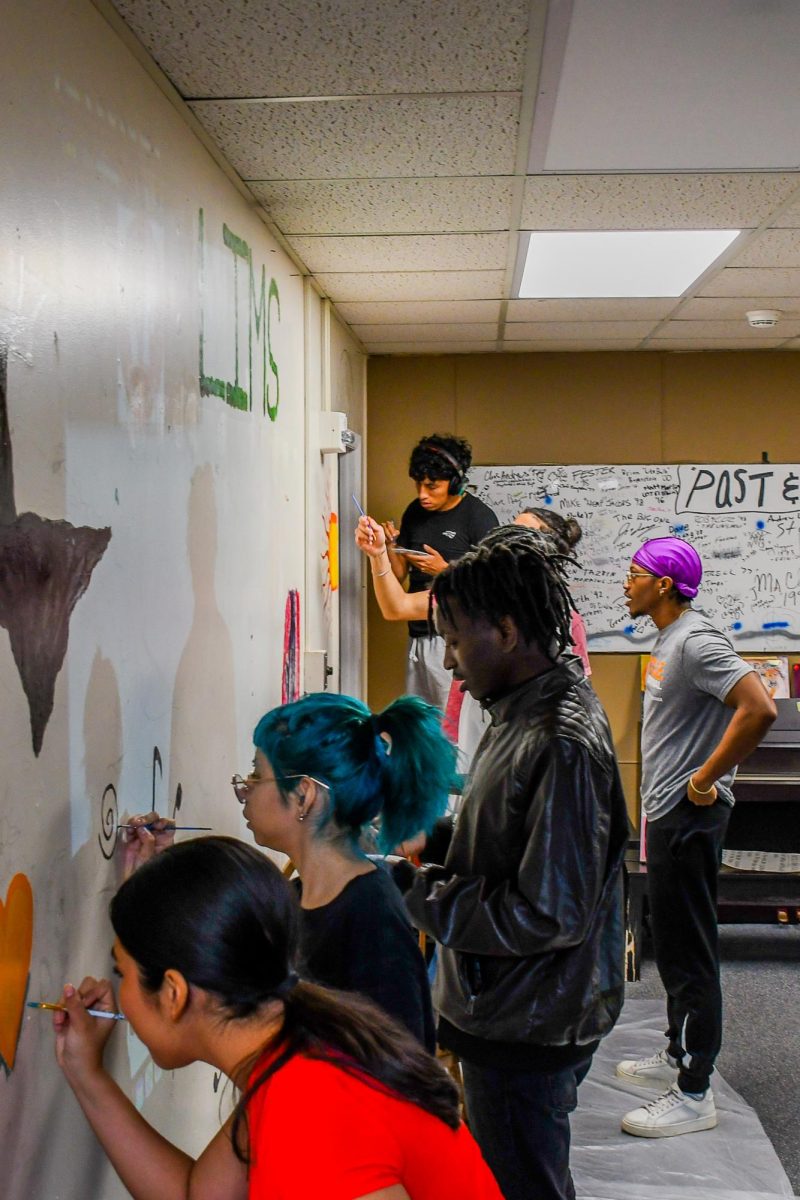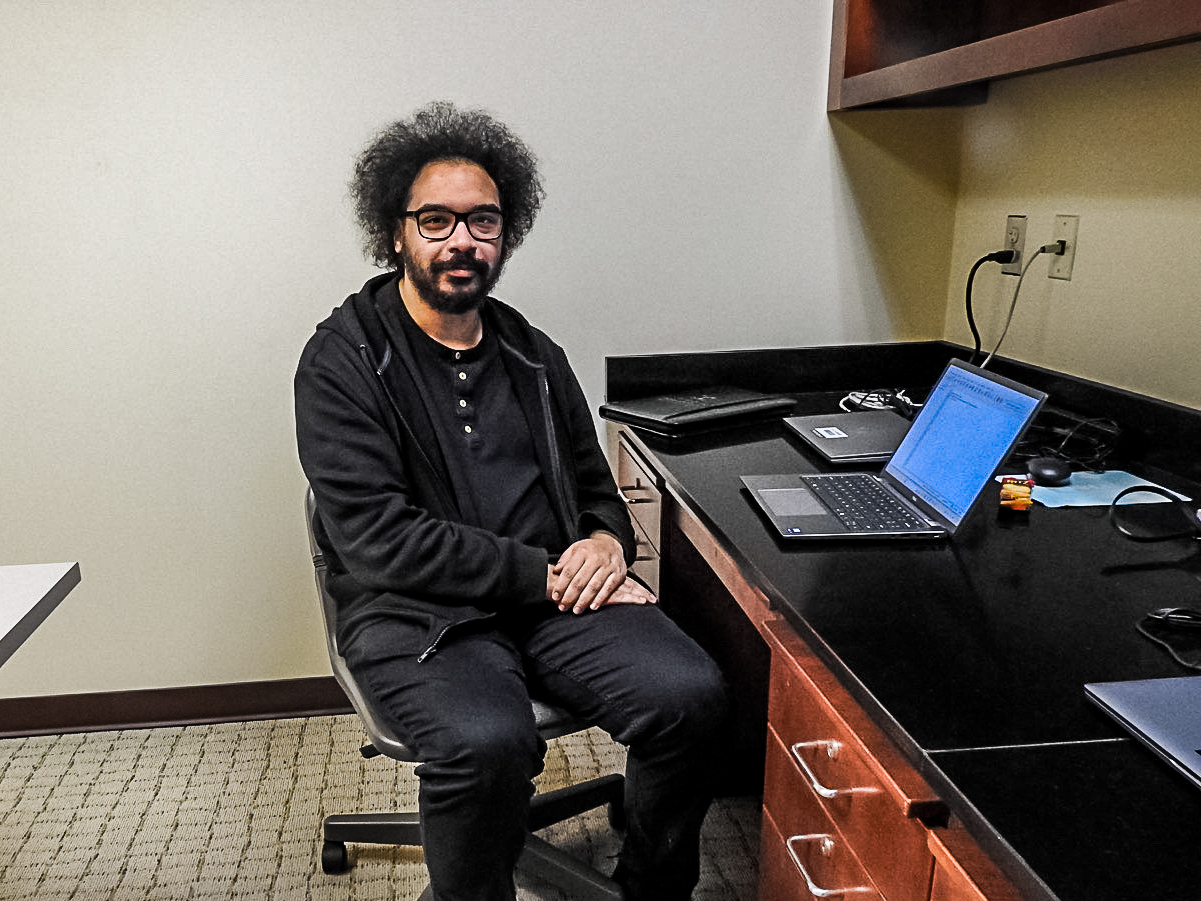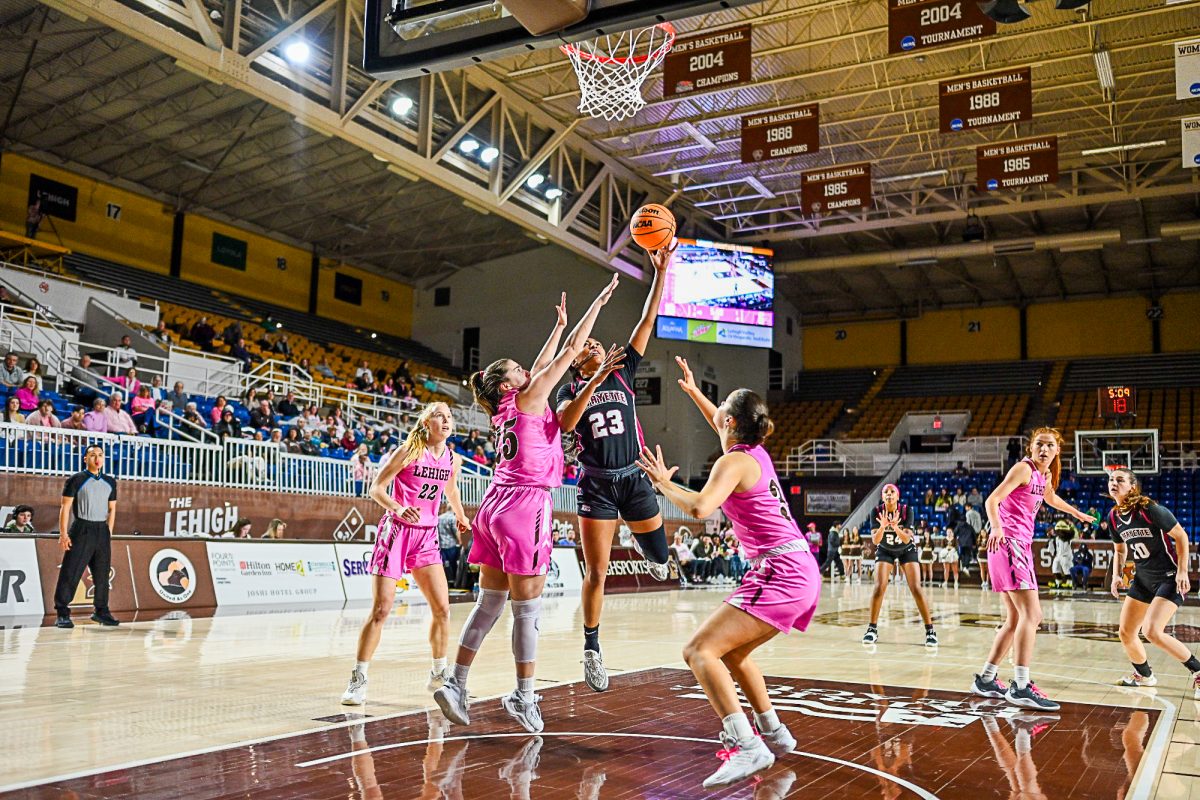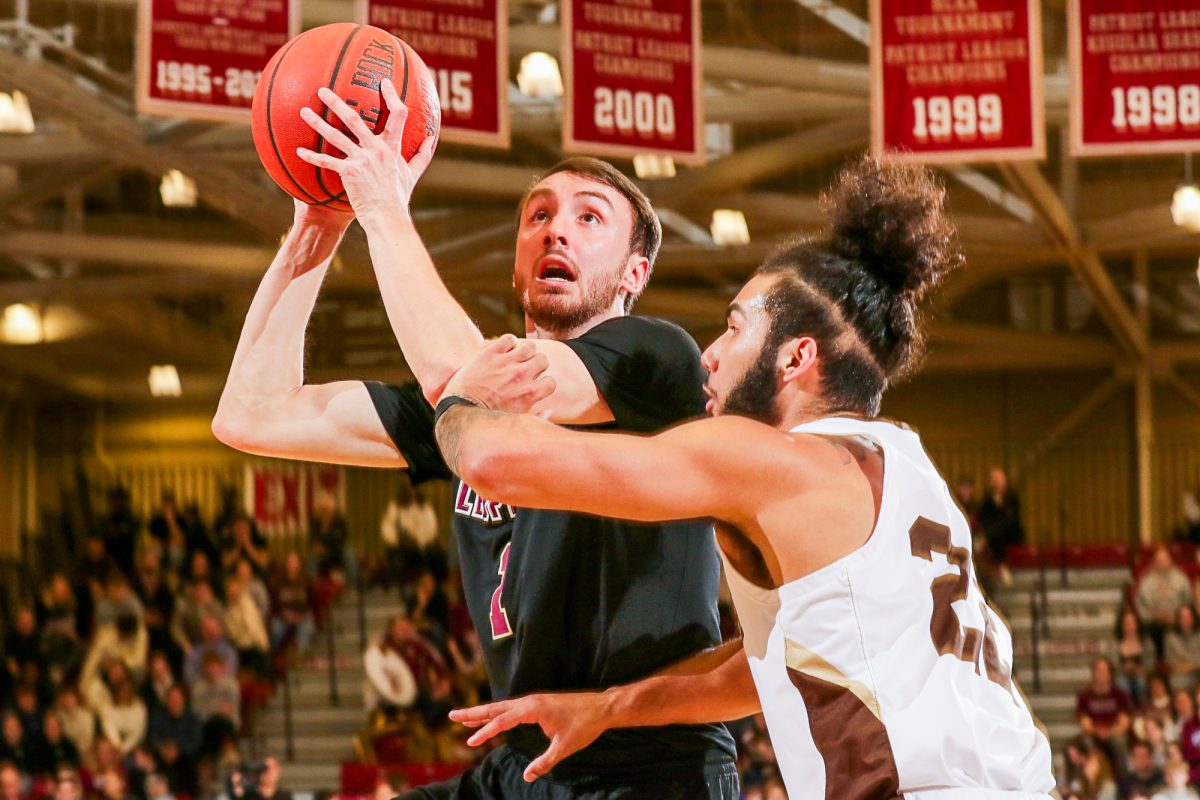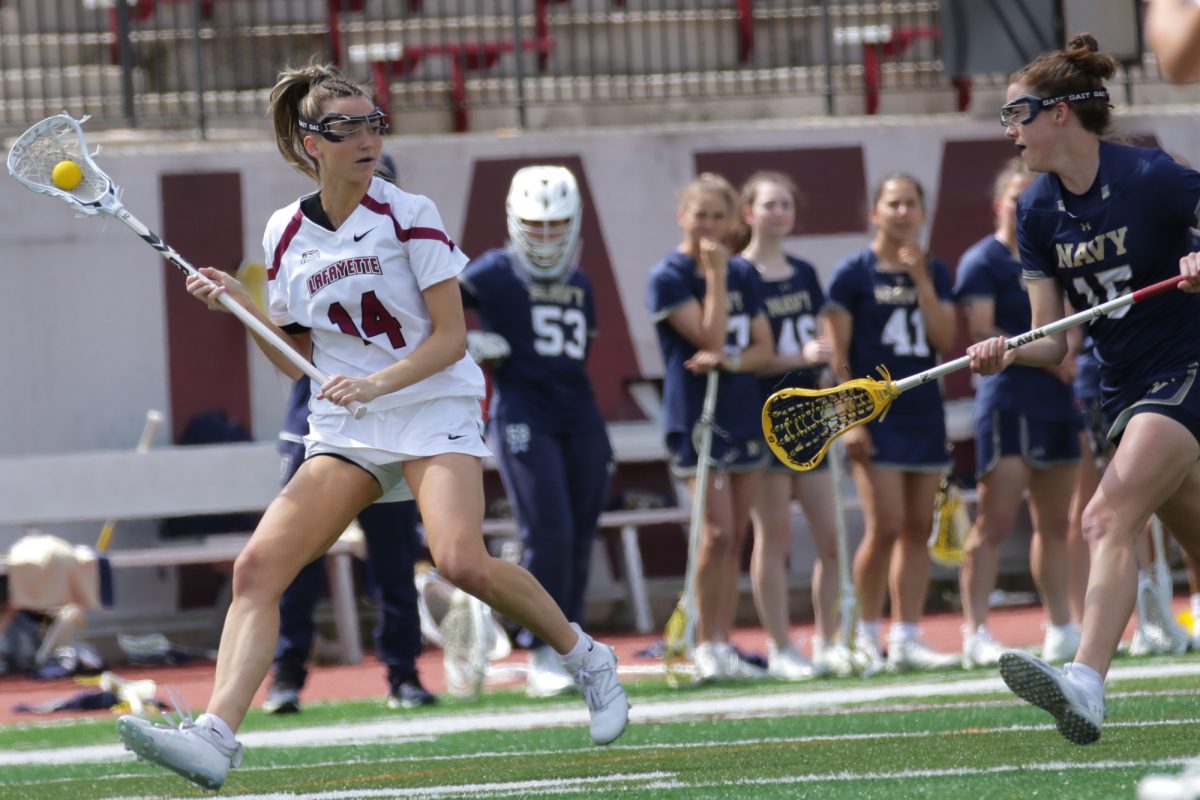After four years of uncoordinated monitoring of the college’s Climate Action Plan, the college said they have a plan to assess its 2016 carbon footprint by July.
Campus Energy Manager Nick DeSalvo said there is data on energy each building at the college uses that facilities operations keeps for budgeting purposes. He is working backward to make sure this data is accurate for 2016, which will then be used to update the college’s plan in 2018.
Director of Sustainability Marie Fechik-Kirk added that she and DeSalvo are also working to find 2016 data on emissions from places beyond buildings, like food waste, commuting and air travel. Known as Scope Three data, Fechik-Kirk said this kind of information is more difficult to find, and her office, at the moment, is not sure of where to look for some it.
Once collected, the office plans to put this data online to publicly track the college’s carbon footprint.
All of this comes after The Lafayette reported that data on greenhouse gas emissions since at least 2013 was not kept in a centralized location, and, without that data, the college cannot assess its progress on the Climate Action Plan.
Published in 2011, the plan established certain goals to reduce the college’s emissions to work toward a net carbon footprint of zero. Run by the organization Second Nature, the plan was part of a national initiative for colleges to reduce GHG emissions.
When asked how the college was assessing the plan for that story, Fechik-Kirk said her office was working through collected data but was unspecific about what that data was. The college also emphasized that it was getting much of the data from the roughly 30-member sustainability committee of faculty, students and administrators.
In a recent interview, Fechik-Kirk said, “Some of [the data] is coming in pieces from [the] sustainability committee.”
She cited examples like reaching out to engineering studies professor Julia Nicodemus for data on GHG emissions her class collected, and engineering professor Mary Roth for Scope Three data.
Nicodemus confirmed she made this data available to Fechik-Kirk, but Roth wrote in an email that no one from the sustainability office has reached out to her for any data and was unsure what data was being referred to.
DeSalvo, who has been working at the college part-time since January, has been cleaning the 2016 monthly emissions data kept on Lafayette’s buildings. He said some of the information has been the subject of “human error.” For example, DeSalvo said there are errors in the spreadsheets, such as “somebody added a row at the top and forgot to change the formula to add that in so it shows up in the total.”
Fechik-Kirk said her office is working hard to ensure the same variables are used in calculating Scope Three data as in previous years.
At the same time, her office must decide whether to track GHG emissions by fiscal year or calendar year. The college’s data on Second Nature’s website has been tracked by calendar year until 2013, which was tracked by fiscal year. There is no data on the website beyond this year.
Fechik-Kirk, who arrived at the college in November, is unsure why the change was made.
She said her office plans to have the 2016 data calculated by July “at the absolute latest.”

























